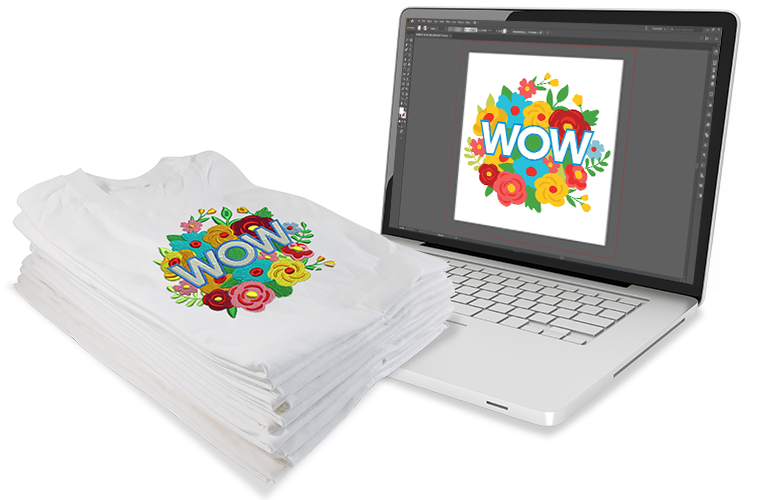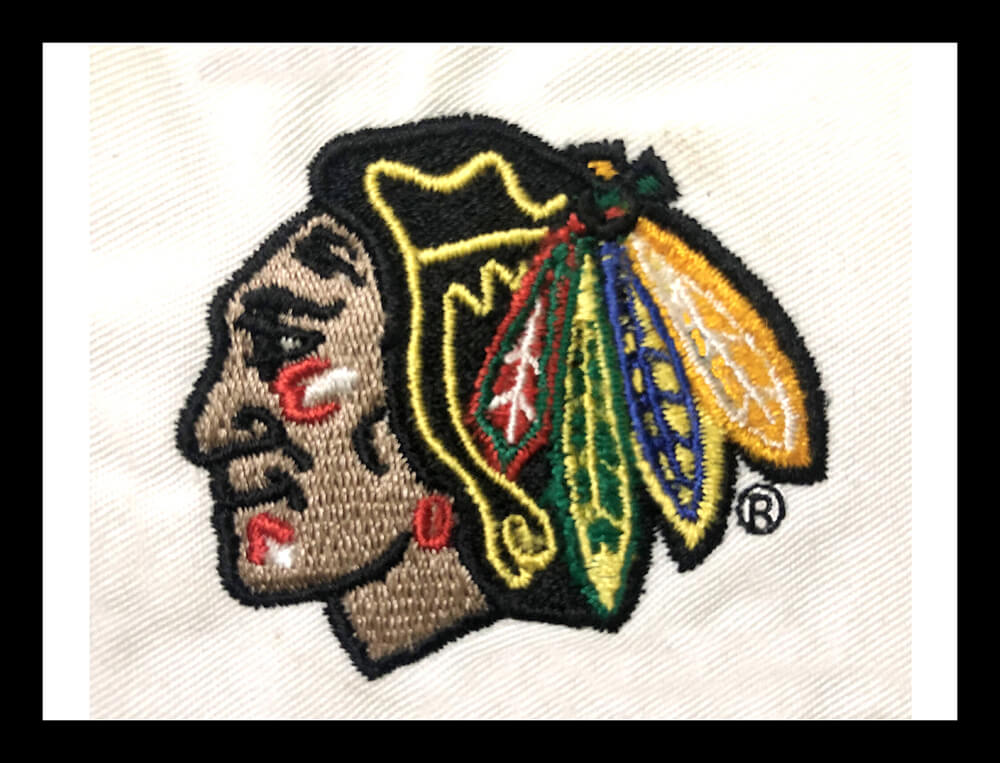Comprehensive Digitizing for Embroidery: From Design to Stitch
Understanding the Embroidery Digitizing Refine: Your Ultimate Overview
Embroidery digitizing is a precise craft that calls for precision and experience to convert elaborate layouts into electronic layouts for maker needlework. As artisans get started on this journey to grasp the embroidery digitizing process, a thorough understanding of the basics sets the foundation for excellence. However, beyond the rudimentary knowledge exists a realm of innovative software, specialized devices, and nuanced methods waiting to be checked out. By diving into the subtleties of digitizing, one can unlock a globe of innovative possibilities and boost their needlework projects to brand-new elevations.

Recognizing Needlework Digitizing Basics
Needlework digitizing essentials develop the foundation whereupon intricate layouts are translated into machine-readable styles for accurate stitching. This preliminary action in the embroidery digitizing process is essential for making certain that the last stitched item is a faithful representation of the original style. Understanding embroidery digitizing basics entails grasping essential concepts such as stitch kinds, sew instructions, density, padding, and draw compensation.
Sew kinds play an essential function in figuring out the aesthetic and textural outcome of the embroidered style. By choosing the proper stitch type, whether it be satin, fill, or running stitch, digitizers can attain the desired result and enhance the general quality of the needlework. In addition, sew direction affects the circulation and dimension of the style, while thickness determines the spacing and protection of the stitches.
Furthermore, underlay stitching gives stability to the layout by safeguarding the fabric and avoiding distortion during the needlework procedure. Pull settlement is one more essential factor to consider to counteract the all-natural propensity of fabric to contract when sewn. Understanding these needlework digitizing essentials is fundamental for producing professional-quality embroidered items.
Picking the Right Digitizing Software Application
Picking the ideal digitizing software application is a crucial decision that substantially influences the performance and top quality of the embroidery digitizing process. Digitizing for Embroidery. When picking the appropriate digitizing software application, it is important to take into consideration variables such as the complexity of styles you intend to create, the user-friendliness of the software application, the level of customer support offered, and the compatibility with your needlework machine
There are numerous digitizing software application alternatives readily available in the marketplace, varying from standard programs for newbies to advanced software application for professional digitizers. Some preferred selections consist of Wilcom EmbroideryStudio, Hatch Needlework Software Program, and PulseID. These software supply a vast range of tools and attributes to assist you develop intricate layouts effortlessly.
Before making a choice, it is advisable to check out the various software program options with totally free trials or demos to establish which one ideal matches your demands. Furthermore, reading testimonials and looking for referrals from experienced digitizers can supply beneficial insights right into the staminas and weaknesses of each software program bundle (Digitizing for Embroidery). By thoroughly examining your needs and contrasting the attributes of various digitizing software application, you can make an educated selection that boosts your needlework digitizing workflow
Digitizing Devices and Strategies

Optimizing Style Setup for Needlework
Grasping the complexities of design setups is essential in achieving ideal results in the needlework digitizing process, building upon the structure laid by comprehending digitizing tools and techniques. When maximizing design settings for needlework, it is necessary to consider elements such as stitch kind, density, underlay, draw compensation, and enrollment. Enrollment settings line up different aspects of the layout properly, preserving general style integrity.

Troubleshooting Common Digitizing Issues
When running into usual digitizing issues throughout the needlework procedure, it is essential to recognize the root creates and carry out efficient services quickly. One typical issue is stitch density concerns, where stitches might be also dense, triggering the material to pucker, or as well thin, leading to spaces in the layout. Readjusting the stitch density settings in the digitizing software program can help fix this concern.
An additional frequent difficulty is string breaks during the embroidery procedure. This can occur due to numerous reasons such as incorrect anchor stress settings, boring needles, or using low-grade thread. Making sure appropriate maintenance of the needlework maker, consisting of regular needle modifications and tension modifications, can decrease the incident of string breaks.
Furthermore, style registration mistakes can result in misaligned elements within the needlework layout. Checking the design placement in the digitizing software and making essential adjustments before sewing can assist in avoiding this concern. By attending you can try here to these common digitizing issues without delay and efficiently, you can guarantee a smoother needlework procedure and high-quality completed items.
Final Thought
Finally, mastering the needlework digitizing process calls for a strong understanding of the basics, the right option of software application, and knowledge of tools and methods. Optimizing layout settings and repairing usual digitizing issues are important actions in guaranteeing high-quality embroidery results. By adhering to these steps vigilantly, one can accomplish accuracy and efficiency in the digitizing procedure.